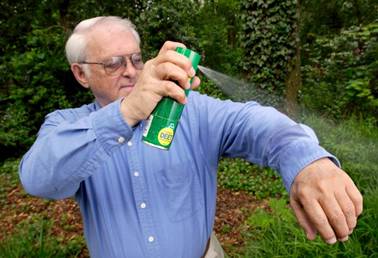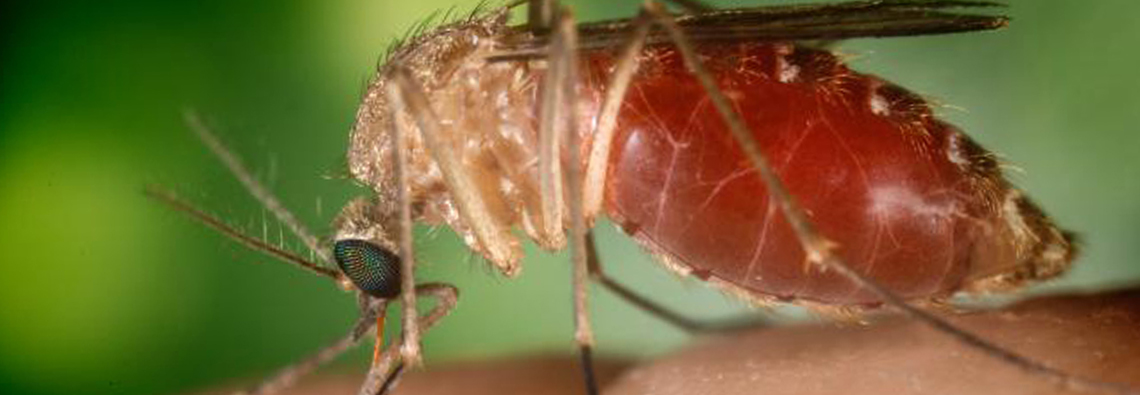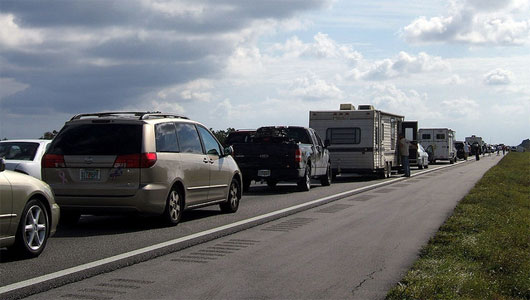By DiscoverTheOdds.com
Updated June 10, 2014
US cases of West Nile virus (WNV) have risen to the highest levels reported through the fourth week in October since 2003. According to the CDC, there have been 4,725 human cases in the US so far this year, including 219 deaths (as of October 23, 2012).
Based on the 2012 CDC data currently available for West Nile virus cases reported in the United States and the U.S. Census Bureau population projection at the time of the writing of this article, here are the odds for this year:
The Odds of Contracting West Nile Virus: 1 in 66,592*
The Odds of Dying from West Nile Virus: 1 in 1, 436,741
*The precise odds of contracting WNV are likely much higher than this, since 80% of all people infected with WNV do not show any symptoms at all, resulting in numerous unreported cases.
Contents
What is the West Nile Virus?
West Nile virus (WNV) is a disease spread by infected mosquitos. Most people who contract WNV have no symptoms or mild symptoms, though in rare cases, the disease can result in severe complications and even death. People with mild symptoms may experience fever, headache, body aches, swollen lymph glands or skin rash. Currently, there is no vaccine for WNV.
A West Nile virus infection can become severe if it enters the brain, resulting in encephalitis (inflammation of the brain), or meningitis (inflammation of the tissue enveloping the brain and spinal cord). Risk factors for developing a more severe form of the disease include a weakened immune system, older or very young age, and pregnancy.
Confusion, loss of consciousness, muscle weakness, stiff neck, and weakness of one arm or leg can occur and are symptoms indicative of a more severe form of the disease, requiring prompt attention. In severe cases, complications include brain damage, permanent muscle weakness, sometimes resembling polio, and for approximately 10% of those who develop brain inflammation, death.
In addition to mosquito bites, West Nile virus may be spread through blood transfusions, organ transplants and through breast milk from an infected mother to her child.
West Nile virus was first identified in 1937 in Uganda and was first discovered in the United States in 1999 in New York.
The Spread of West Nile Virus in the US
Since the 1999 outbreak of the West Nile virus in the New York City area, which marked the first time WNV had ever been detected in the Western Hemisphere, WNV has spread throughout the United States. Since 1999, there have been over 30,000 reported US cases of West Nile virus. The chart below displays the reported cases of WNV from 1999 through 2012 as well as the deaths attributed to the disease. Please roll over the chart to view the statistics for each year.
Reported US West Nile Virus Cases & Deaths (As of October 9, 2012)
What Can I Do To Reduce My Odds of Contracting West Nile Virus?
Because West Nile virus is spread to humans when people are bitten by infected mosquitos, the best way to lower your risk of contracting the disease is to take measures to prevent mosquito bites.
 Use insect repellent whenever you are outdoors.
Use insect repellent whenever you are outdoors.- Exercise special care at dusk and dawn–mosquitos are most active during these hours. Stay indoors during these hours as much as possible, but if you must go outdoors, wear long sleeves and pants and use insect repellent.
- Keep mosquitos outside by making sure you have good screens on your windows and doors.
- Standing water is a key breeding site for mosquitos, so reduce the standing water in your environment. Drain standing water from buckets, barrels and flower pots. Empty children’s pools when they aren’t in use. Replace the water in pet dishes and change the water in bird baths weekly. Drill holes in tire swings to eliminate water accumulation.
How Can I Help My Community?
In addition to reducing your own personal odds of contracting West Nile virus, you can also participate in efforts to monitor West Nile activity in your area or state. For example, California residents are encouraged help “track down the West Nile virus” by reporting dead birds and squirrels.
Video: Reporting a Dead Bird (California Department of Public Health)
To help your community track West Nile virus, check with your local or state health department.
This article was updated: Thursday, October 25, 2012.




